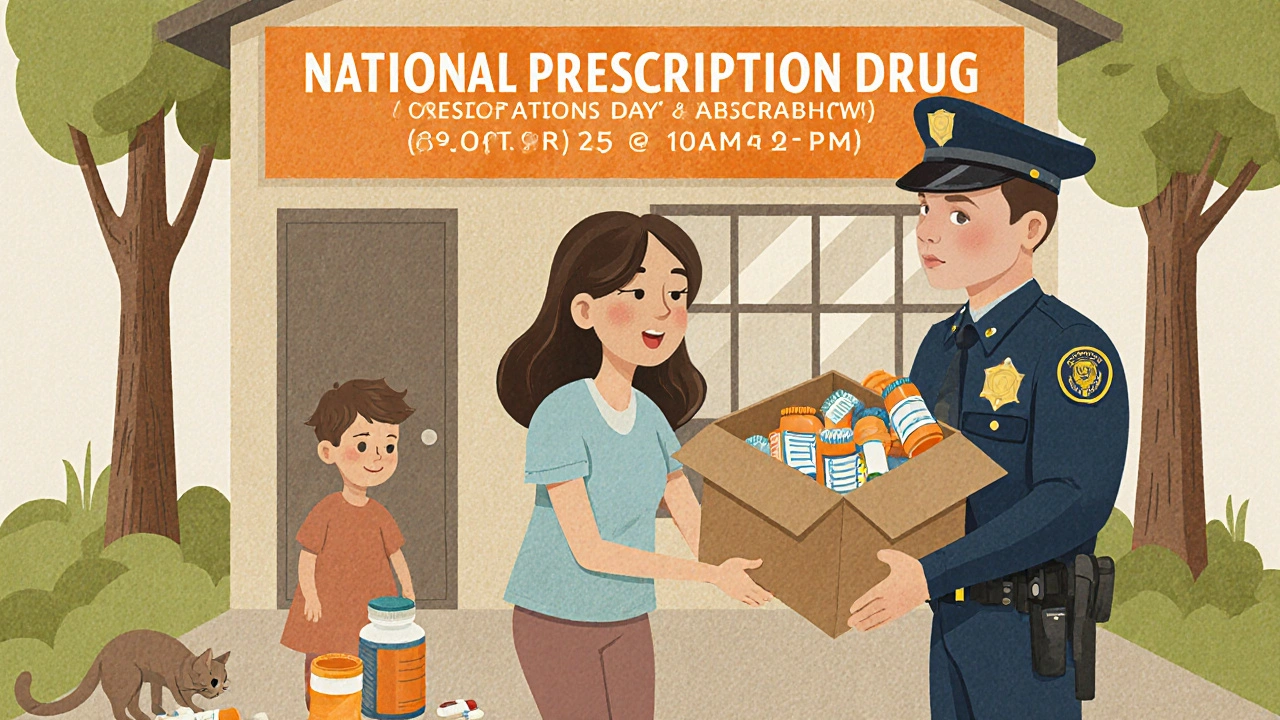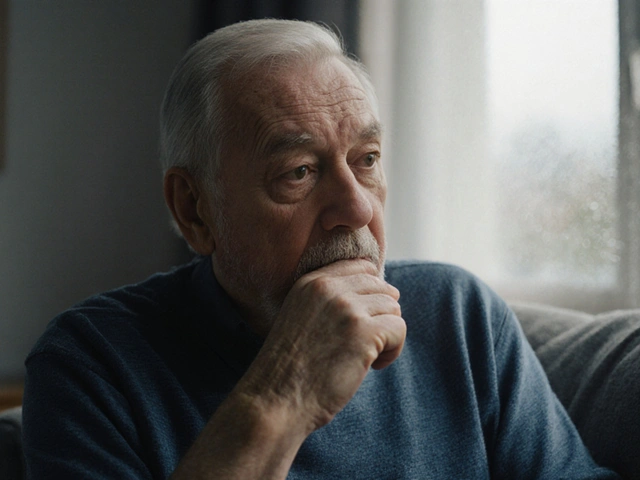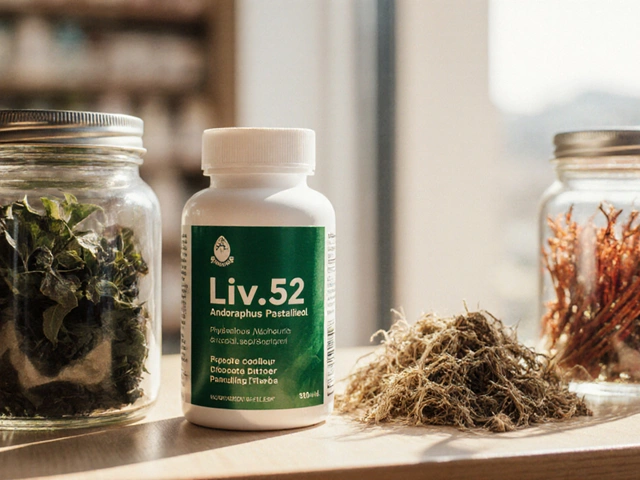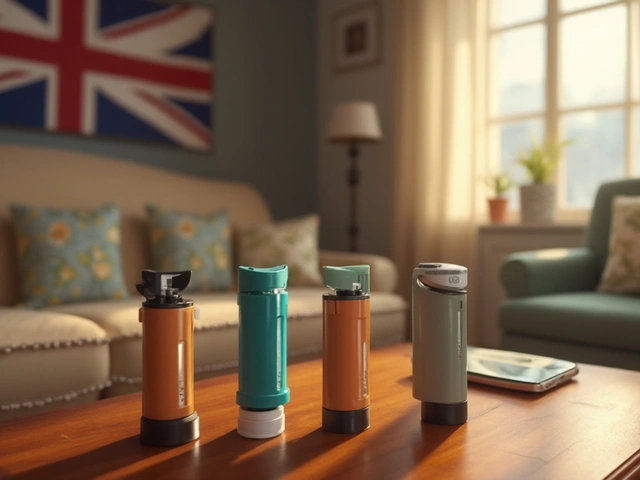Every year, millions of unused or expired prescription drugs sit in bathroom cabinets, kitchen drawers, and medicine chests across the U.S. Some people keep them “just in case.” Others forget they even have them. But here’s the problem: these pills don’t just disappear. They can end up in the hands of teens, pets, or strangers. They can leak into water supplies. They can cause accidental poisonings-or worse, overdoses.
The National Prescription Drug Take-Back Day is the simplest, safest way to get rid of them. Organized by the U.S. Drug Enforcement Administration (DEA), it happens twice a year-once in April and once in October. The next one is on October 25, 2025, from 10 a.m. to 2 p.m. local time. No appointment. No questions asked. Just drop off your old meds and walk away.
What You Can and Can’t Drop Off
Not every kind of medication is accepted. The DEA has clear rules to keep things safe and legal.
- Accepted: Pills, capsules, patches (like fentanyl or nicotine), liquids in sealed original containers (like cough syrup), and ointments.
- Not Accepted: Needles, syringes, sharps, inhalers, aerosols, illicit drugs (like cocaine or heroin), and over-the-counter meds unless they’re part of a prescription combo pack.
For liquids, make sure the bottle is tightly sealed. Don’t pour them out. Don’t mix them with coffee grounds or kitty litter-that’s an old myth. Law enforcement doesn’t need you to do anything but hand them over. They’ll handle the rest.
Where to Go
Collection sites are everywhere: police stations, fire departments, hospitals, and even some pharmacies. In 2025, there are over 4,500 locations nationwide. You can find the closest one using the DEA’s official website: takebackday.dea.gov or the Dispose My Meds app, used by more than 340,000 people.
Urban areas usually have one site per 15,000 residents. Rural communities? One site per 50,000. That’s a gap. But in 2025, the DEA launched 120 mobile collection units to reach remote towns and villages. If you live far from a drop-off point, check if one of these mobile vans is coming to your area.
What Happens After You Drop Them Off
When you hand over your meds, you won’t be asked for ID, your name, or why you’re disposing of them. That’s by design. The DEA wants people to feel safe coming forward, especially if they’re getting rid of painkillers, sedatives, or stimulants that could be misused.
Law enforcement officers collect everything in sealed bins. No mixing. No tampering. All drugs are transported to licensed disposal facilities where they’re incinerated under federal environmental regulations. Nothing goes to landfills. Nothing gets recycled. Nothing gets reused.
Since 2010, the program has collected nearly 10 million pounds of prescription drugs. In April 2025 alone, over 620,000 pounds were picked up in a single day. That’s more than 300 tons of potentially dangerous pills removed from homes.
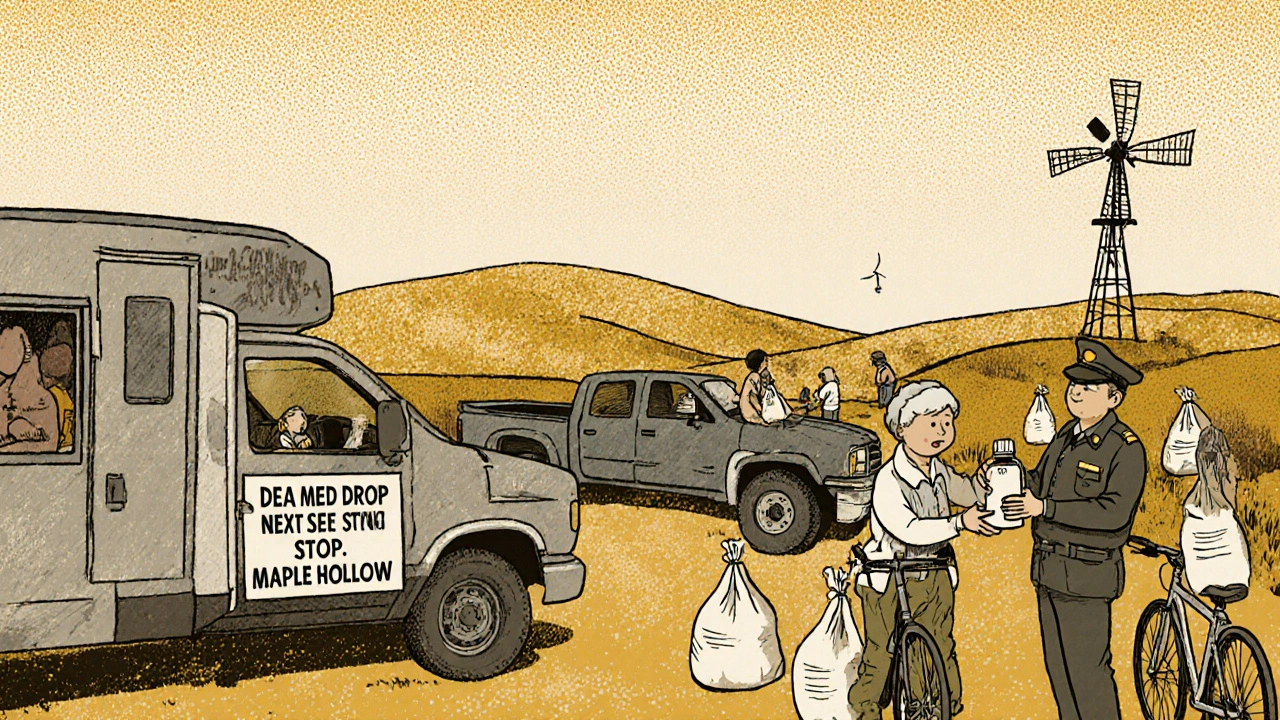
Why This Matters
Here’s the hard truth: 8 million Americans misuse prescription painkillers every year. Nearly 60% of them get those pills from family or friends’ medicine cabinets, according to the National Survey on Drug Use and Health. That’s not strangers. That’s your cousin. Your neighbor. Maybe even your own child.
When you leave old meds in the drawer, you’re not just storing medicine-you’re storing risk. The DEA and the National Institute on Drug Abuse both say that safe disposal is one of the most effective ways to prevent addiction before it starts. It’s not just about cleaning out your cabinet. It’s about protecting your family.
And it’s not just about people. Flushing pills down the toilet or tossing them in the trash contaminates water and soil. The FDA estimates that 75% of Americans still dispose of medications the wrong way. Take-Back Day fixes that.
What People Are Saying
Real users share their experiences online. On Reddit’s r/addiction, one person wrote: “Dropped off my mom’s unused opioids at the police station-no questions asked, took 2 minutes, and I know they won’t end up in a teen’s hands.” That sentiment shows up again and again: 92% of participants say the no-questions policy made them feel safe.
But not everyone is happy. Some complain about the short window-only four hours. Others say the nearest site is too far. And many just don’t know it’s happening until it’s over. That’s why the DEA now partners with hospitals like University Hospitals in Ohio to run educational booths during the event. Those sites see 37% higher participation than standalone drop-off points.
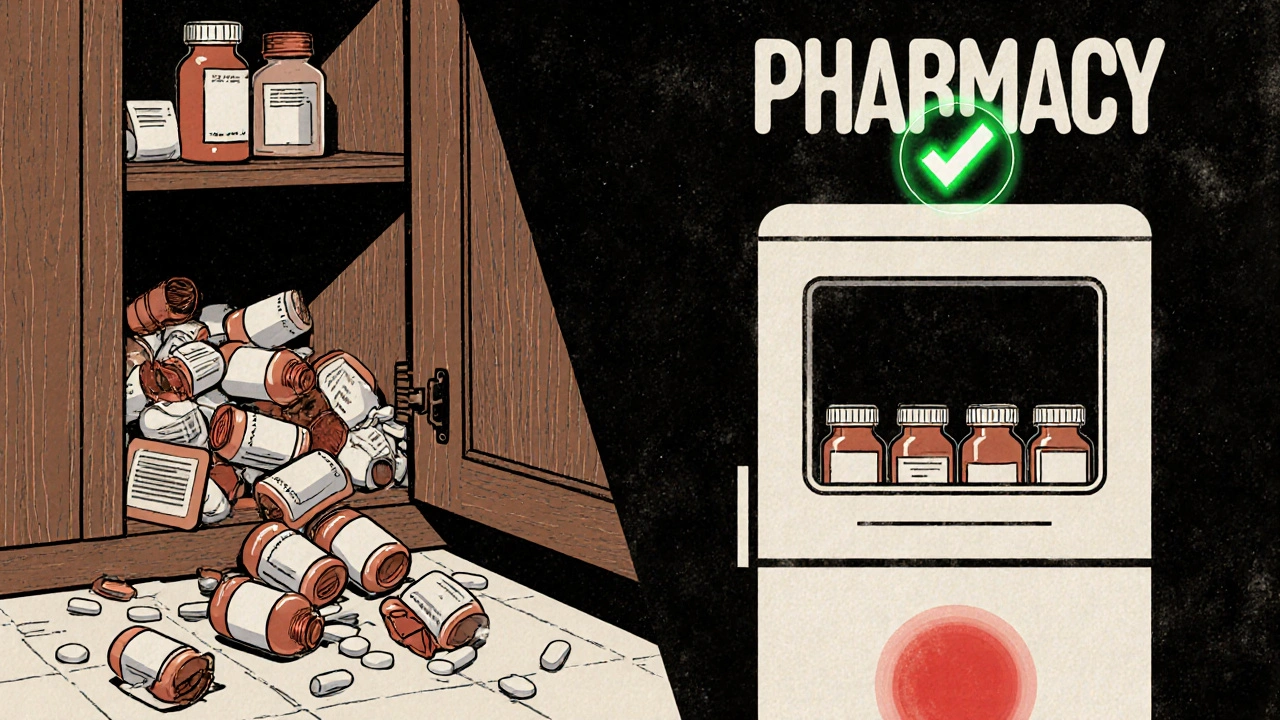
What’s Next for Take-Back Day
The program isn’t static. It’s evolving. In 2025, the DEA began testing a new feature: electronic health record alerts. When a doctor prescribes opioids or benzodiazepines, the system will soon prompt patients with a message: “Do you know about Take-Back Day? Here’s how to dispose of unused meds.”
Pharmacies are also stepping up. Walgreens and CVS now have permanent medication disposal kiosks in over 1,200 locations. These kiosks are available year-round. You don’t need to wait for October. You can drop off pills anytime during store hours.
That’s the future: year-round access. But for now, Take-Back Day remains the largest, most trusted, and most convenient way to get rid of old prescriptions safely.
What If You Miss It?
If you can’t make it on October 25, don’t wait until next April. Check if your local pharmacy has a permanent drop-off kiosk. Many do. Or visit deadiversion.usdoj.gov to find a DEA-authorized collector near you. There are over 14,000 year-round locations across the country.
And if you’re unsure whether your meds are still safe to keep? Ask your pharmacist. They’ll tell you which ones expire quickly, which are safe to hold onto, and which should be tossed immediately.
Final Thought
Prescription drugs aren’t harmless. Even if they’re legal, they’re powerful. A single pill can be deadly if it falls into the wrong hands. Take-Back Day isn’t a fancy solution. It’s a simple one. No cost. No hassle. No judgment. Just a chance to do the right thing-for your home, your community, and your future.
On October 25, 2025, take those old bottles out of the drawer. Drive to the nearest site. Drop them off. Walk away knowing you made a difference.
Can I drop off medications for someone else?
Yes. You can drop off medications for family members, friends, or even neighbors. No ID or proof of ownership is required. The DEA encourages people to clean out medicine cabinets for others, especially elderly relatives or those who can’t make it to a site themselves.
Are there any fees to participate?
No. Participation is completely free. The DEA covers all costs-including collection bins, transportation, and disposal. You don’t pay anything. You don’t need a membership. You don’t need to be a U.S. citizen.
What if I have a lot of pills? Can I bring a whole cabinet?
Yes. There’s no limit on how much you can bring. People have dropped off entire drawers of meds. Just make sure everything is in its original container if possible. If containers are missing, put pills in a sealed plastic bag and label them clearly (e.g., “Oxycodone 10mg” or “Unused Blood Pressure Meds”).
Why can’t I flush or throw away my meds?
Flushing can contaminate water supplies. Throwing pills in the trash leaves them vulnerable to theft or accidental ingestion by children or pets. The DEA’s incineration process is the only method guaranteed to destroy drugs completely and safely without harming the environment.
Do I need to remove labels from pill bottles?
No. Keep the labels on. They help staff identify the medication type and ensure proper handling. But if you’re worried about privacy, you can black out your name with a marker. The DEA doesn’t need your personal info-just the medication.
Is this program only for opioids?
No. While opioids are a major focus, the program accepts all types of prescription drugs: antibiotics, antidepressants, blood pressure pills, thyroid meds, sleep aids, and more. Any medication prescribed by a doctor can be dropped off.
Can I bring expired vitamins or supplements?
No. Only prescription medications are accepted. Over-the-counter pills, vitamins, and supplements should be disposed of through your local household hazardous waste program. Check with your city or county for drop-off options.
What if I live in a rural area with no collection site nearby?
The DEA has deployed 120 mobile collection units in 2025 to serve areas more than 25 miles from a fixed site. Visit takebackday.dea.gov and enter your zip code to see if a mobile unit is scheduled near you. If not, contact your local sheriff’s office-they may be able to arrange a special drop-off.
